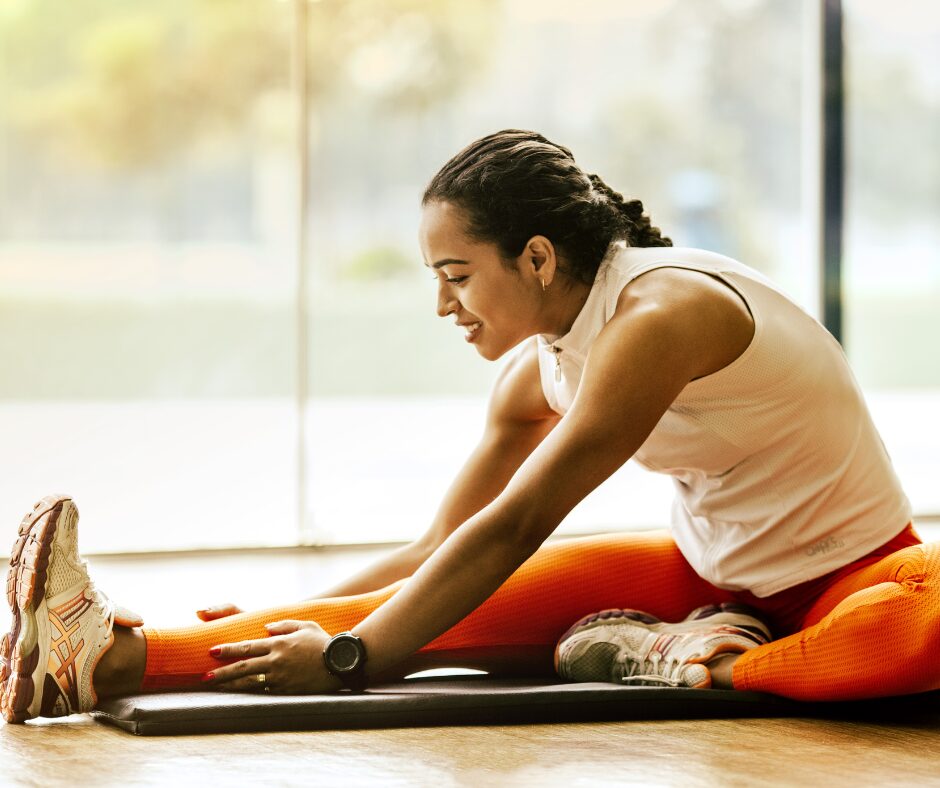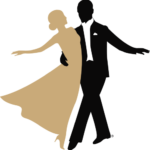Dancing is one of the most beautiful and physically demanding art forms. It combines athleticism, grace, and endurance—requiring your body to perform at its absolute best. To keep dancing for years to come, understanding how to properly warm up, cool down, stretch, and recover is essential. Whether you’re a beginner or a competitive dancer, following smart injury prevention and recovery habits can make a huge difference in your performance and longevity.
Warm Up with Purpose
A proper warm-up primes your muscles, joints, and cardiovascular system for movement. Jumping straight into intense choreography or rehearsals without warming up can increase your risk of strains, sprains, and overuse injuries.
Start with light aerobic activity such as jogging in place, brisk walking, or gentle jumping jacks to raise your heart rate. Then move into dynamic stretches—controlled, active movements that mimic the dance styles you’ll be practicing. Examples include leg swings, hip circles, and arm rolls. These movements boost circulation, increase flexibility, and prepare your body for a full range of motion.
Spending just 10–15 minutes warming up can improve performance and drastically reduce injury risk. Think of it as your insurance policy for a safe and productive dance session.
Stretching for Strength and Flexibility
Stretching isn’t just about flexibility—it’s about maintaining healthy muscles and improving your movement efficiency. Dancers often focus heavily on flexibility, but improper stretching can actually do more harm than good. The key is to stretch safely and progressively.
During your post-class cooldown, focus on static stretches—holding each position for 20–30 seconds. Concentrate on areas that work hardest during dance: hamstrings, calves, hip flexors, and the back. Keep breathing deeply as you stretch to help your muscles relax.
Incorporating mobility exercises into your routine, such as lunges with rotation or controlled leg lifts, can help build functional flexibility that supports stability and strength—two essential components for preventing injuries like pulled muscles or joint strain.
The Importance of Cooling Down
A good cool-down is often overlooked, but it’s one of the best ways to protect your body from stiffness and soreness after a dance session. After class or rehearsal, spend about 5–10 minutes gradually lowering your heart rate with light, slow movements such as walking or gentle dancing. Follow with static stretching or foam rolling to release built-up tension in your muscles.
Cooling down also helps prevent lactic acid buildup, which contributes to next-day soreness. More importantly, it gives your body a chance to transition from high energy to a calm state—allowing you to end your practice feeling refreshed rather than fatigued.
Rest, Recovery, and Body Awareness
Rest days are not a sign of weakness—they’re a vital part of becoming a stronger, more resilient dancer. Your muscles need time to repair and rebuild after intense activity. Without adequate rest, you risk overuse injuries like tendonitis, stress fractures, and chronic pain.
Make it a habit to listen to your body. If you feel unusual pain, discomfort, or fatigue, it’s your body’s way of asking for a break. Ice sore areas, use compression wraps when necessary, and prioritize hydration and nutrition to speed up recovery.
Practices like yoga, Pilates, or gentle swimming can promote active recovery, keeping your body moving without added strain. Also consider scheduling regular massage therapy or physical therapy check-ins—these can help identify imbalances before they turn into injuries.
Lastly, quality sleep is your body’s ultimate recovery tool. During deep rest, your body repairs tissues, restores energy, and prepares you for your next class or performance.
Build a Healthy, Sustainable Dance Routine
Consistency, balance, and body awareness are the cornerstones of a healthy dance career. By investing time in warm-ups, stretching, cooling down, and rest, you can reduce injuries and elevate your performance. Think of your body as your most valuable instrument—one that needs care, attention, and recovery to perform at its best.
If you’re ready to take your training to the next level in a supportive environment that prioritizes both artistry and wellness, we welcome you to join us at Fred Astaire Dance Studio of Goodyear. Our professional instructors will help you develop strong, sustainable dance techniques while keeping your body safe and your confidence high.
Visit Fred Astaire Dance Studio of Goodyear or call (480) 426-0604 to start your journey toward better movement, injury prevention, and lifelong dance enjoyment. Schedule your first class today to learn more.

